February 19, 2009
|
Huntington University‘s current spring semester enrollment is the largest in its history, with a total student body of 1,114. That compares to 1,080 in 2008. They include:
- 893 traditional undergraduate students.
- 125 EXCEL Adult Degree Programs students.
- 96 graduate students.
The Huntington University Board of Trustees approved a 4.9 percent increase for fulltime traditional undergraduate tuition and fees in 2009-2010.
“In light of the current economy, Huntington has worked diligently to moderate tuition and fees increases for 2009-2010 to make college more affordable for students and their families,” said Tom Ayers, vice president for business and finance. “We believe this effort, combined with Huntington’s continued commitment to providing scholarships and grants to students, will enable more students to pursue their college goals at HU.”
For the 2008-2009 academic year, the cost for a Huntington University education is $20,300 in tuition and fees, $4,843 less than the national average. According to College Board’s 2008-2009 Annual Survey of Colleges, four-year private institutions charge an average of $25,143 in tuition and fees, a 5.9 percent increase of $1,483 over 2007-2008.
In the fall of 2008, Huntington University was recognized by three institution-ranking organizations. U.S.News & World Report ranked Huntington No. 5 among the 2009 “Best Values in Baccalaureate Colleges” in the Midwest and No. 7 among the Midwest’s “Best Baccalaureate Colleges.” Huntington ranked in the same positions in both categories on the 2008 lists.
Approximately 90 percent of Huntington University students receive financial aid in the form of scholarships, grants, loans or work-study assistance.
Huntington was also pleased to be included in a new U.S.News category called “Economic Diversity.” Essentially, it features schools that have students on campus from a variety of economic profiles who are, in the words of U.S.News, not colleges just for “rich kids.” At Huntington, 40 percent of the student come from households with total incomes of less that $50,000 per year.
In addition to institution-ranking organizations, Huntington University also receives high marks from its students. Each year, the university participates in the Student Satisfaction Inventory – a national survey of college students.
“According to survey data, Huntington students believe the tuition they pay is a better investment than students who participated in the Student Satisfaction Inventory at other public and private schools,” says Jeff Berggren, vice president for enrollment management and marketing.
 Let me recommend two excellent resources for your premarital and marriage counseling.
Let me recommend two excellent resources for your premarital and marriage counseling.
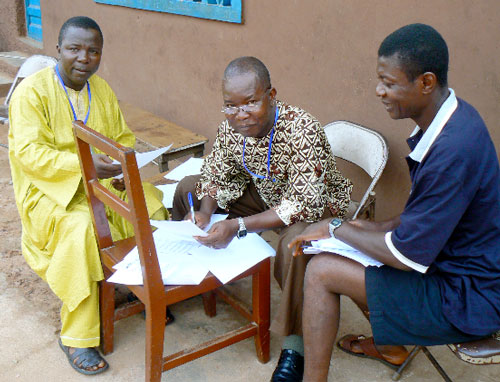
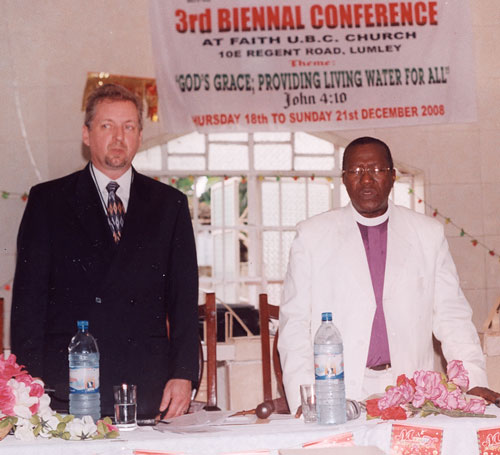
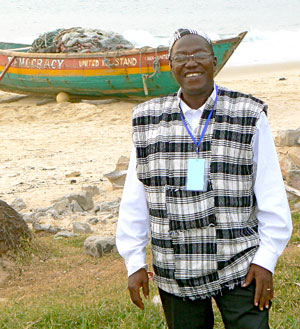
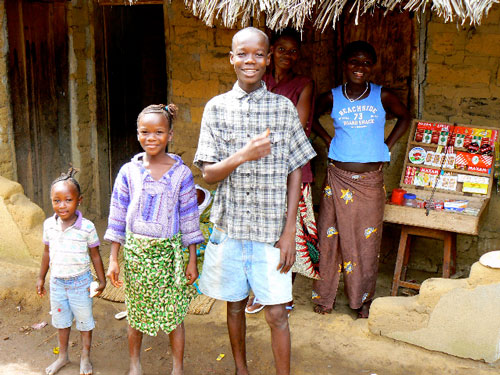
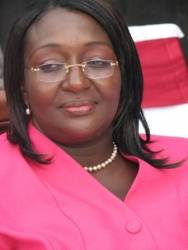 The Patriotic Vanguard, a Sierra Leone news portal, tells about the nation’s First Lady, Sia Koroma (right), and her interest in upgrading the Mattru Hospital.
The Patriotic Vanguard, a Sierra Leone news portal, tells about the nation’s First Lady, Sia Koroma (right), and her interest in upgrading the Mattru Hospital.